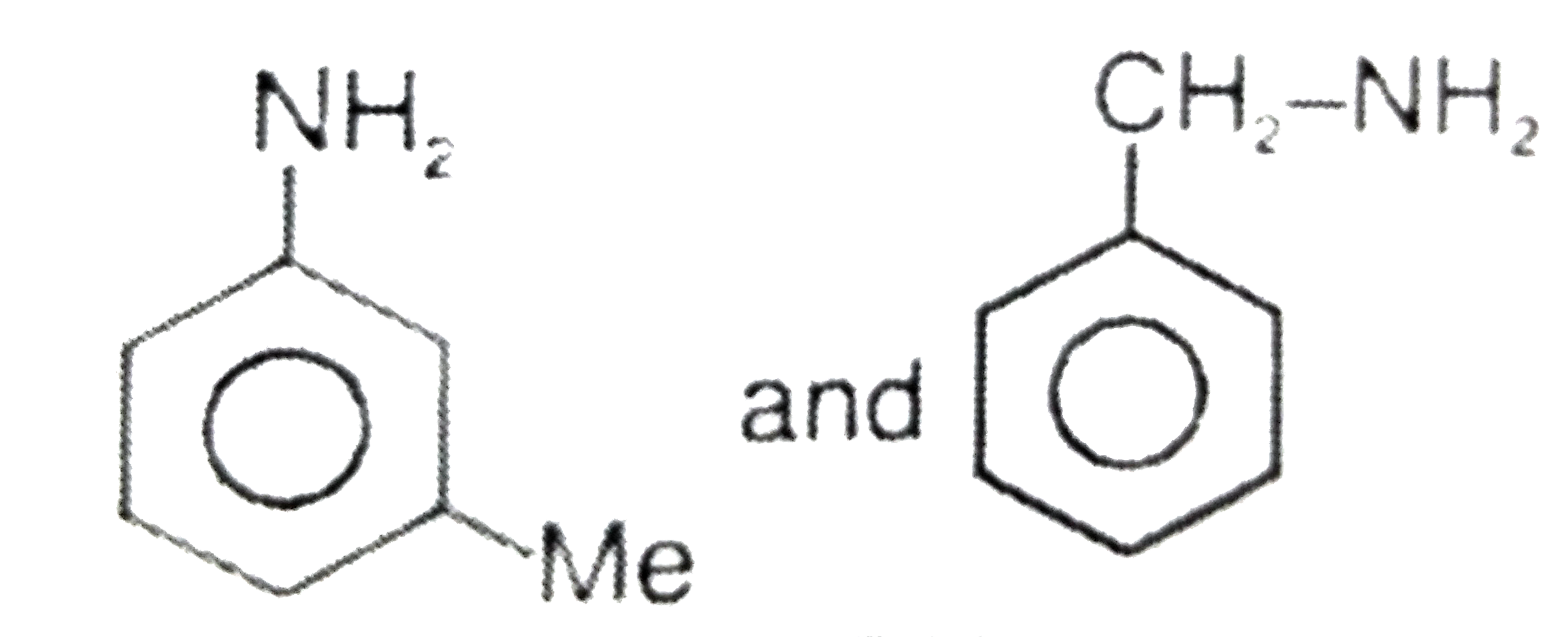Fungi can be distinguished by
absence of chlorophyll
presence of chitin in cell wall
presence of plastids
both (a) and (b).
The correct Answer is:D
Step-by-Step Solution:
1. Understanding Fungi: Fungi belong to a unique kingdom of heterotrophic organisms. This means they cannot produce their own food and rely on other organisms for nutrition.
2. Absence of Chlorophyll: One of the key characteristics of fungi is the absence of chlorophyll. Chlorophyll is a pigment found in photosynthetic organisms that allows them to capture light energy for photosynthesis. Since fungi do not have chlorophyll, they cannot perform photosynthesis and are therefore classified as heterotrophs.
3. Presence of Chitin in Cell Wall: Fungi have a cell wall that is made of chitin. This distinguishes them from plants, which have cell walls made of cellulose. The presence of chitin is a significant feature that helps in identifying fungi.
4. Presence of Plastids: Plastids are organelles found in plants and some protists that are involved in photosynthesis and storage of products. However, fungi do not possess plastids. This further supports the idea that fungi are not involved in photosynthesis.
5. Conclusion: Based on the characteristics discussed, fungi can be distinguished by the absence of chlorophyll and the presence of chitin in their cell walls. Therefore, the correct answer to the question is "both A and B".
Topper's Solved these Questions
- MICROORGANISMS : FRIEND AND FOEBOOK - MTG IIT JEE FOUNDATIONCHAPTER - MICROORGANISMS : FRIEND AND FOEEXERCISE - Exercise (Multiple Choice Questions) (LEVEL-2)
20 Videos
- MICROORGANISMS : FRIEND AND FOEBOOK - MTG IIT JEE FOUNDATIONCHAPTER - MICROORGANISMS : FRIEND AND FOEEXERCISE - Exercise (Assertion & Reason Type)
10 Videos
- MICROORGANISMS : FRIEND AND FOEBOOK - MTG IIT JEE FOUNDATIONCHAPTER - MICROORGANISMS : FRIEND AND FOEEXERCISE - NCERT Section
7 Videos
- FOOTSTEPS TOWARDS NEET BOOK - MTG IIT JEE FOUNDATIONCHAPTER - FOOTSTEPS TOWARDS NEET EXERCISE - MCQs
90 Videos
- REACHING THE AGE OF ADOLESCENCEBOOK - MTG IIT JEE FOUNDATIONCHAPTER - REACHING THE AGE OF ADOLESCENCEEXERCISE - Olympiad/ HOTS Corner
12 Videos
Similar Questions
Knowledge Check
 can be distinguish by ACHCl3+KOHBNaNO2+HCl followed by β-NaptholCCS2+HgCl2DNa metal
can be distinguish by ACHCl3+KOHBNaNO2+HCl followed by β-NaptholCCS2+HgCl2DNa metalThe following compounds can be distinguished by
 ANeutral FeCl3BAmmonical AgNO3C2,4−DNPDNaHCO3 solution
ANeutral FeCl3BAmmonical AgNO3C2,4−DNPDNaHCO3 solutionCyclohexylamine and aniline can be distinguished by
AHinsberg's testBCarbylamine testCBromine testDBeilstein's test
Acetaldehyde and acetylene can be distinguished by :
View SolutionPropyne and propene can be distinguished by :
View SolutionMethanol and ethanol can be distinguished by using
View SolutionAcetamide any and ethy1 amine can distinguished by reacting with .
View SolutionPhenol and benzoic acid can be distinguished by :
View Solution
